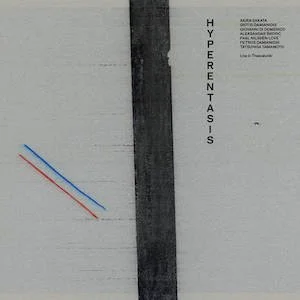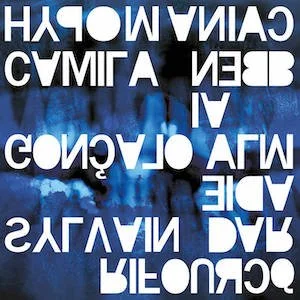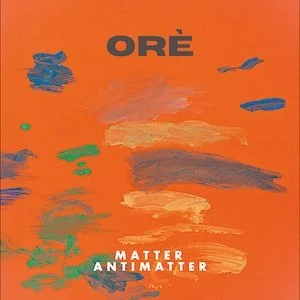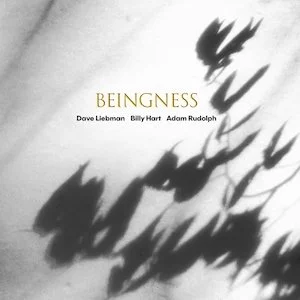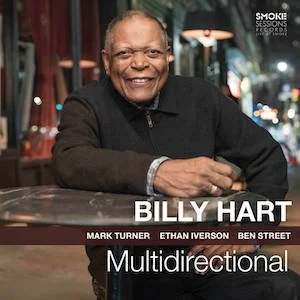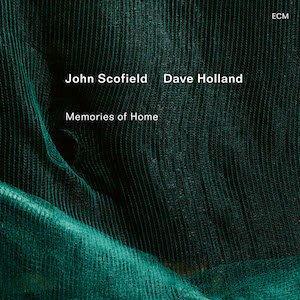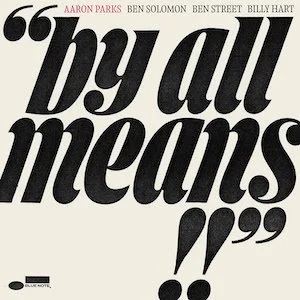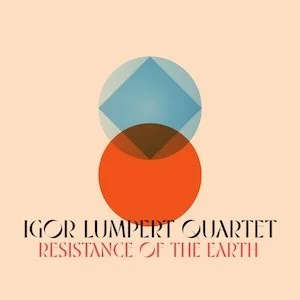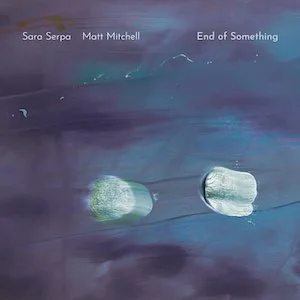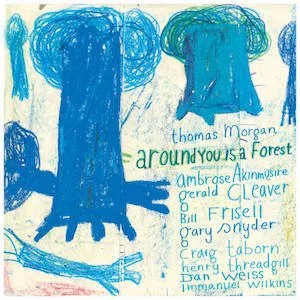Label: Berthold Records, 2025
Personnel - Timo Vollbrecht: tenor saxophone; Ralph Alessi: trumpet; Elias Stemeseder: piano; Chris Tordini: acoustic bass; Thomas Strønen: drums.
For his fourth album as a leader, German saxophonist and composer Timo Vollbrecht—who swapped Berlin for New York 15 years ago—assembles a dream quintet featuring American trumpeter Ralph Alessi, bassist Chris Tordini, and Norwegian drummer Thomas Strønen. Rounding out the group is the excellent Austrian-born pianist Elias Stemeseder, a former Brooklyn roommate and a key musical partner in Vollbrecht’s Fly Magic Quartet. Recorded live at Bremen’s Sendesaal concert hall, renowned for its exceptional acoustics, the album presents seven original compositions written specifically for this ensemble and shaped with carefully layered emotion and color.
“Com Tempo” is a striking opener, unfolding at a leisurely pace through an intriguingly elastic structure. It begins with Alessi’s glowing lyricism over a deep, supple groove, pointing toward the theme as Vollbrecht joins him in parallel lines, while Stemeseder adds shimmering harmonic hues. Volbrecht’s fluid soloing is rich in melodic hooks, prompting subtle shifts in density from the pianist’s responsive comping.
Set in a 7/4 meter, “Brighton Blues” radiates a quiet magnetism, clearly defined by a strong piano cadence floating over a silky bass-and-drums current. Vollbrecht’s intricate, arpeggiated language occasionally evokes Charles Lloyd, reaching for a spiritual dimension atop a rhythm that breathes with ease. “Spicy Moon” unfolds like an abstract impressionistic canvas, growing especially lyrical through Tordini’s melodic low-end explorations. A contemporary ballad at heart, it balances intricacy and space before opening suddenly into a vamp that thickens the texture, giving Alessi room to dive in with impressive range and refined phraseology.
Despite its title, “Dark” is a scintillating ballad illuminated by moments of pure light. Strønen’s restrained brushwork and lucid cymbal touches provide graceful support, while Alessi once again shines with his poignant, finely shaded trumpet voice. On “Pau”, named after Vollbrecht’s son, the saxophonist gradually veers into avant-garde territory after an opening colored by classical and chamber-jazz elements. Tordini and Strønen press forward with logic and dynamic nuance, while Alessi gives his melodies space to breathe, shaping them with care and intent. The album closes in balladic fashion with “New York Love Affair”.
Vollbrecht’s mature writing deserves high praise, and the session as a whole feels resonant, poetic, and deeply authentic. One can only hope this quintet remains active and continues to document its chemistry in future releases.
Favorite Tracks:
01 - Com Tempo ► 02 - Brighton Blues ► 04 - Dark







